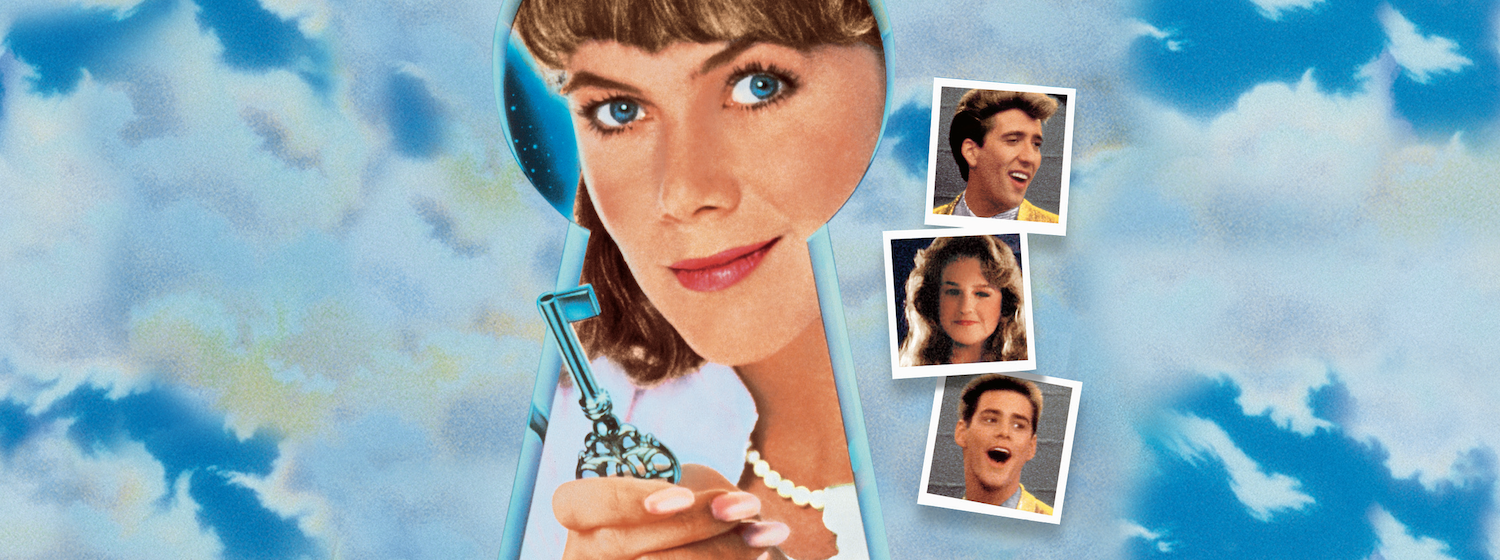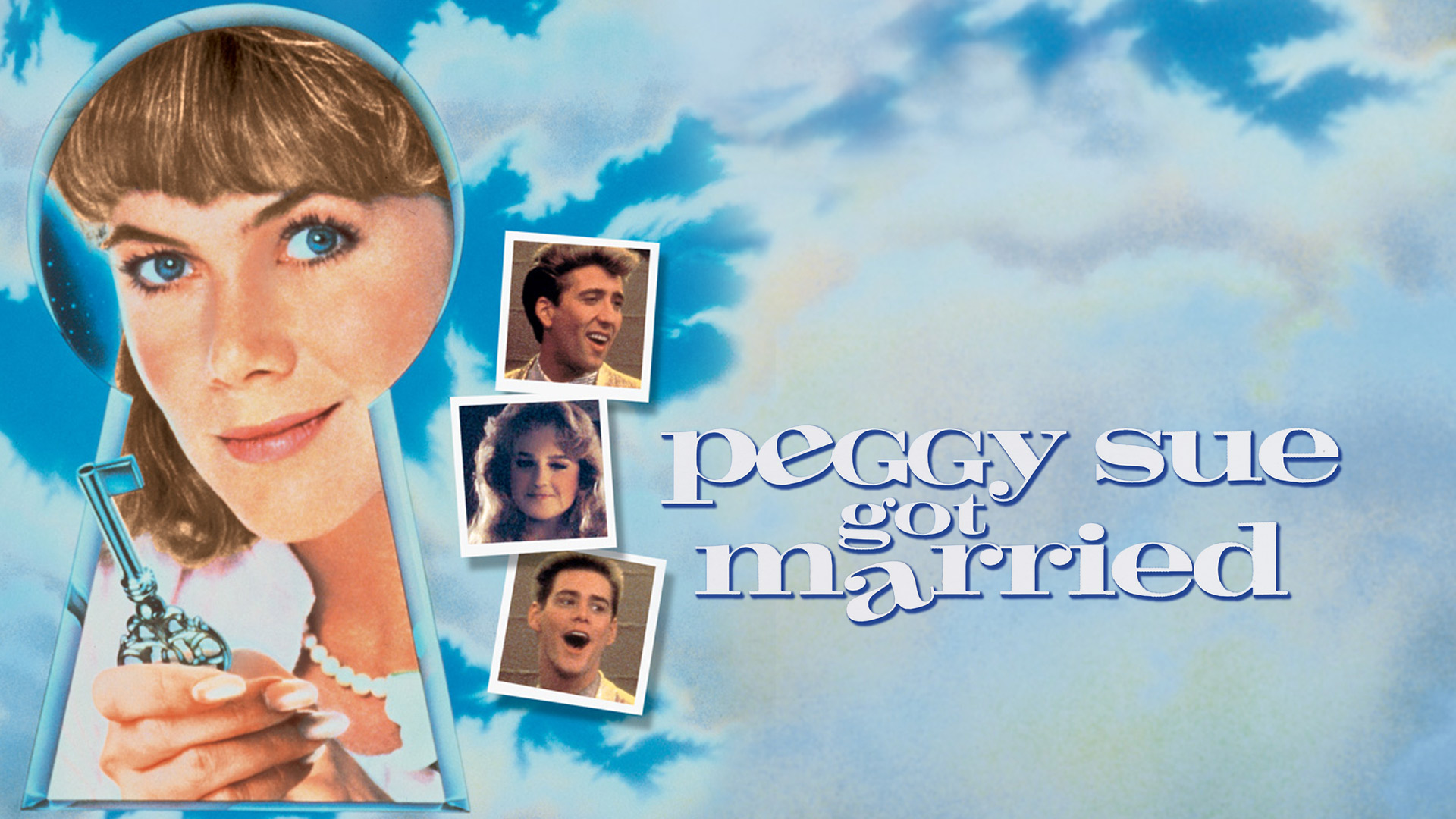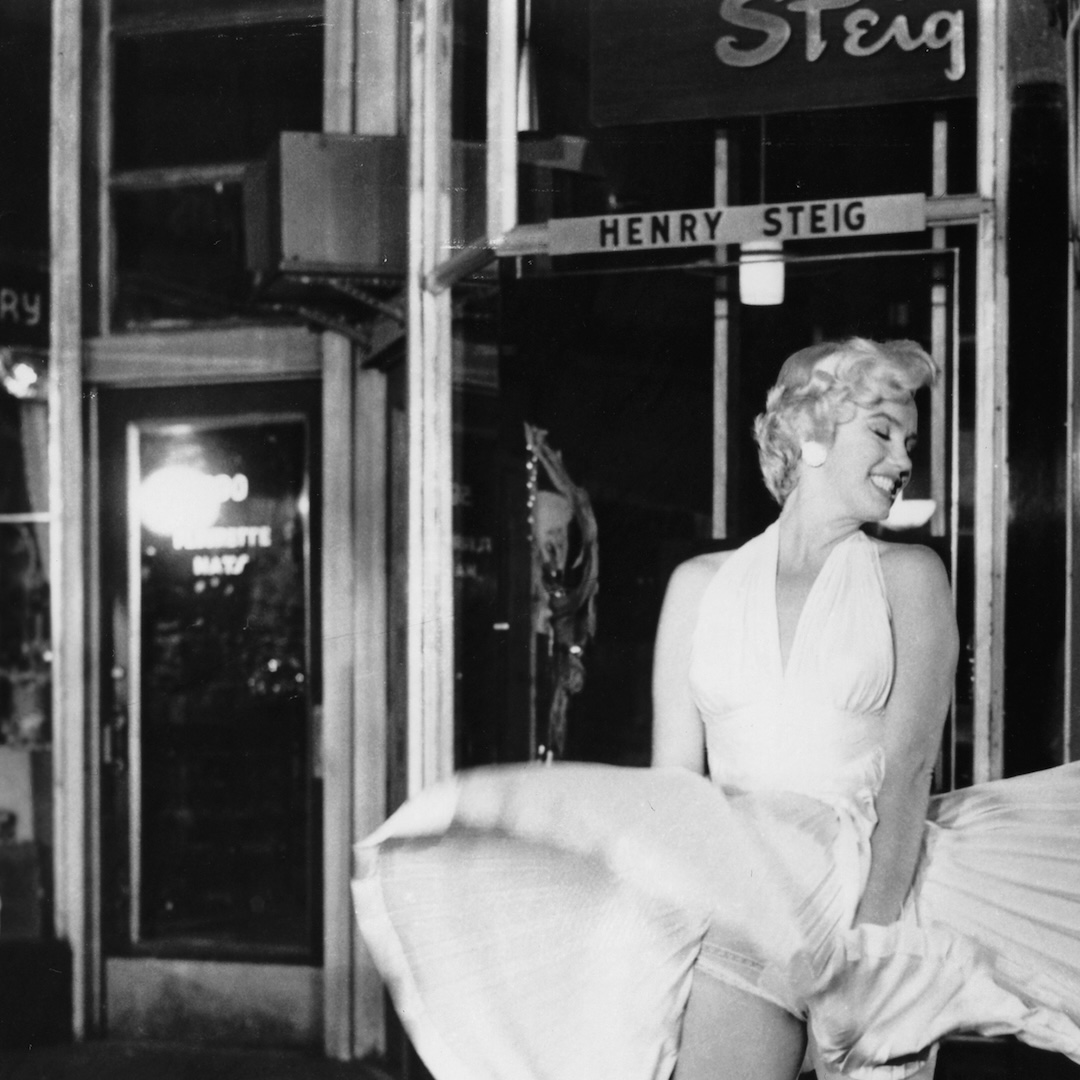Peggy Sue Got Married – Nicolas Cage, Stolen Chihuahuas, Time Travel, and More
April 17, 2020 By Go BackWhile Back to the Future gets all the glory, just a year after the first of that beloved trilogy was released, Francis Ford Coppola produced Peggy Sue Got Married. And while the film doesn’t have the same profile or iconic movie status as Back to the Future, it’s a delightful, under-appreciated gem – a quasi-sci-fi that is both challenging and heartwarming, and somewhat of deep cut or footnote in Coppola’s remarkable filmography, which is an injustice. The film opens with Peggy Sue (Kathleen Turner) readying herself for a 25th high school reunion – it’s a contentious event as she and her husband (her high school sweetheart played by Nicolas Cage) have filed for divorce after he leaves her for a younger woman. At the reunion, after winning “Queen,” Peggy Sue faints on stage and wakes up at the high school in 1960. And while her mother and father are closer to her age in 1986, they fail to recognize Peggy as an adult, instead – as is the case with her friends and future husband – seeing her as a seventeen-year-old youngster. In this new timeline she attempts to distance herself from her future husband with the hopes of sparing future heartbreak – she also, for practicality’s sake, attempts to invent control-top pantyhose, which have yet to revolutionize womenswear in 1960.
Peggy Sue Got Married offers plenitudes of excellent performances, including star Kathleen Turner’s, which was recognized with an Oscar nomination, as well as smaller roles from Joan Allen and Catherine Hicks, and breakthrough performances from a baby-faced Jim Carrey and a fourteen-year-old Sofia Coppola (who would go on to cast Turner as the matriarch in her legendary directorial debut, The Virgin Suicides in 1999). It also features cameos from legendary old Hollywood icons Maureen O’Sullivan (Jane in the 1930s’ Tarzan films and The Thin Man series) and Leon Ames (1944’s Meet Me in St. Louis and 1946’s The Postman Always Rings Twice) as Peggy Sue’s grandparents. But if there’s one role that stole the spotlight, not because it was the best, but because it would go on to become notorious, even sparking a lawsuit over twenty years later, it was that of Turner’s co-star Nicolas Cage. Playing Peggy Sue’s high school beau and eventual husband, who in 1986, occupies the throne of “Crazy Charlie the Appliance King,” the role of Charlie Bodell, while bizarre, and at times unbelievable to behold, nevertheless adds substantial charm to the film.
Director Francis Ford Coppola’s nephew, Cage was relatively early in his career in 1986. Having appeared in a handful of films mostly in supporting roles – including his uncle’s failed Harlem Jazz Age epic The Cotton Club in 1984. Cage had only recently shed the name Coppola and broken out under his Cage moniker. Peggy Sue was his most high-profile role to date, and the 22-year-old gave it his all, despite not really wanting to play the character. His uncle insisted this was the right role for him and Cage agreed to play the part only if it was on his own terms – Coppola agreed, and with this one of the most notoriously fraught productions ensued.
With a bleached, brill-creamed ‘do, Cage adopted a strange “accent” for the role of Charlie, as well as a set of very obviously false teeth (and possibly, from the author’s perception impossibly blue, freakish contact lenses). In conceptualizing Charlie, Cage wanted to portray “Jerry Lewis on acid” – his costumes, including those used for Charlie’s do-wop performances (he’s an aspiring musician in the “past”) gleam with sequins and metallic lamé, while every other character is outfitted in undersaturated pastel or neutrals. Cage designed Charlie to stand out. In a recent interview for the New York Times, he explained the origins of Charlie’s accent as originating with the clay-mation character “Pokey” – Gumby’s horse sidekick on Art Clokey’s beloved animated series. While bizarre, at the very least the choice was period specific, as the average child, teenager, even adult in Peggy Sue’s past (i.e. 1960) would have been recurrently familiar with the Pokey affectation (the characters originated on the “Howdy Doody” show).
The chemistry between Turner and Cage on set was caustic. To be fair, Cage rubbed everyone on the production the wrong way and the studio let Coppola know that they were firing him. His uncle stepped in and stopped the studio, much to Turner’s dismay. One of the tricks of Peggy Sue Got Married is its tongue-in-cheek age gap between romantic leads – a gender reversal where the woman is more than a decade older than her love interest (the other way around was hardly worth mentioning). At thirty-two, Turner was a seasoned actress and tolerating Cage’s seemingly arbitrary and bizarre acting choices was tough for her. As recently stated in an interview, she felt at the time unable to intervene as it was a “professional” choice of his and he had his uncle’s backing. That didn’t stop her, however in 2008 from accusing Cage of monstrous behaviour on set. In her memoir Send Yourself Roses, Turner alleged he was arrested twice for drunk driving during production and flaunted a stolen Chihuahua on set. Cage successfully sued Turner over these accusations and Turner admitted in court to their falsehood (Cage’s financial settlement was donated to charity).

The pursuant rumour and misconception that Cage is anything less than committed and professional while on set partially arose from the production of Peggy Sue Got Married – a notion that has only recently been dispelled. While his choices on Peggy Sue were certainly peculiar, they were not flippant. Both Cage and Coppola acknowledge the method to the madness that is Charlie Bodell in Peggy Sue Got Married. The strange voice, the raucous body language, the blazing white hair all point to an interesting question posed in the film – is Turner’s character dreaming (or possibly hallucinating), or has she really travelled back in time? What is the fantasyland of a 1960 smallish Northern Californian town interpreted from the mid-1980s? For Cage it would seem the film was more fantasy than sci-fi, separating it from the Back to the Future franchise. There’s a lot that’s surreal about Cage’s performance of Charlie—at times it feels like he’s performing in a waking nightmare, only it’s all too possible that Peggy Sue is still unconscious somewhere in 1986. Cage, by operating out of contrast to his fellow cast, and in pushing Charlie to extremes reinforces the film as a Dali-esque, almost-horror-themed romantic comedy.
While he may have faced criticism in 1986 and the years following, today his performance in Peggy Sue Got Married is quintessentially Cage. It’s a performance that stands as the first of many where Cage would not only take a method approach, but also fully commit with seemingly non-sensical abandon. His cartoonish-accent technique was replicated to greater success in the following year’s Coen Brothers breakthrough Raising Arizona (Cage’s H.I. McDunnough was partially styled after Woody Woodpecker). And showing up to set with previously undisclosed and never discussed prosthetics and wigs of Cage’s choosing would happen several times in his filmography (most notoriously with his brother Christopher Coppola’s Dead Fall in 1995). Simply put: if you’re a Cage fan, then Peggy Sue Got Married is a must see, as it serves as somewhat of an origin story to Cage’s “un-Caged” sensibilities. And if you’re not a particular fan of Cage, fear not, Coppola’s time travelling masterpiece has plenty to offer, despite being somewhat overshadowed by Cage’s antics and the Back to the Future franchise.












 Follow us on Instagram
Follow us on Instagram